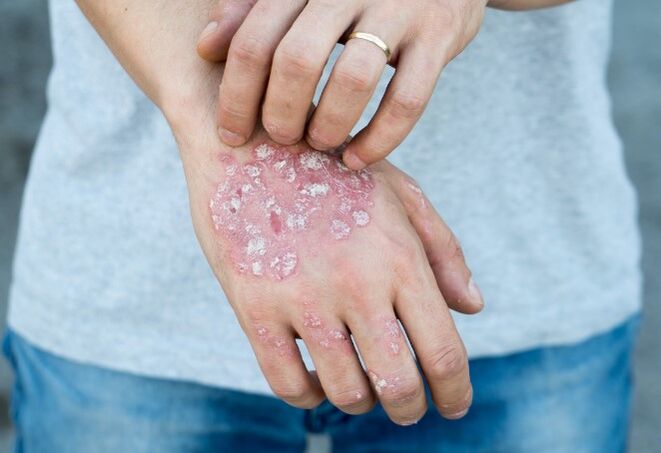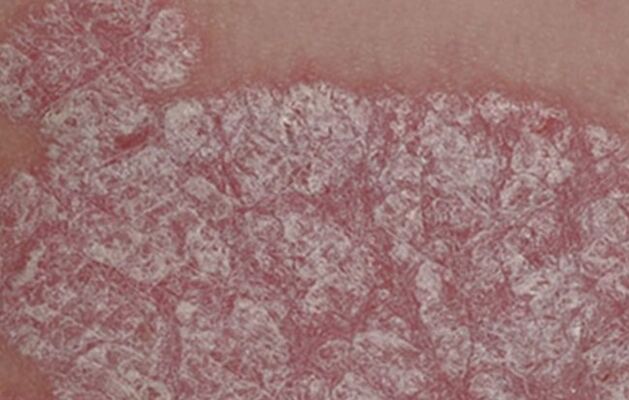Like all other types of inflammatory skin chronic diseases, psoriasis has its own developmental stage.When diagnosing a disease, doctors should not only consider the type, form, severity and causes of the disease, but also the developmental stage.For experienced experts, it is not difficult to specify the stages of psoriasis, as they are all different in specific symptoms and are almost impossible to confuse.Based on the manifestation of the disease, appropriate treatments are prescribed for patients, aiming to alleviate and alleviate external symptoms and eliminate factors that cause disease development.

The beginning of the disease
Although no complete cure for psoriasis has been found, the causes of the occurrence, form, type, and stage of disease development have not been determined.Therefore, in the development and process of the disease, there are three main stages: initial or progressive, fixed and "fading", regression.
The onset or intensification of the disease process is a gradual stage, and the tumor appears in the form of a rash on the surface of the skin.Meanwhile, elements of the rash (points, pointed, convex) tend to grow peripherally.Small rashes spread to areas of healthy skin, forming well-defined round or oval psoriatic plaques.
During the stage of disease progression, psoriatic plaques are painted in bright pink or red, and there is no specific peeling shell on the lesion.Thickened edges of the failed focus are not covered by white scales.
During the progressive stage of psoriasis, the patient will itch and the burning sensation in the skin lesions burns slightly, and usually has mild discomfort.With any contact between the clothes and comb area, a new papule rash appears.
Further development
After 1-4 weeks, the second phase of the disease occurred.The worsening process weakens, the color of the psoriatic plaque becomes less intense, and the old rash is absorbed, forming a new rash.

The healing of papules occurs at the periphery, i.e. from the center to the edge, which determines the visible shape of the characteristic ring of the plaque.During the fixation stage, the surface of the lesion is completely covered by a characteristic white scaly crust.
During the regression phase of psoriasis, during the attenuation phase of the disease and its transition to remission phase, all the focus of the lesions are gradually resolved completely, the color of the plaque is almost indistinguishable from the color of healthy skin, and the peel of the epidermis is significantly reduced, burned and cracked.Around the focal point, it seems to be So called "the collar of Voronov", a character with a dense layer.Along the surroundings of all rashes, the skin discolors.Under the influence of strong and appropriate treatment, the stage of the disease regression can last for a long time, sometimes up to several months.Then, the psoriasis retreats completely, leaving insignificant local plaques in the areas of the most common disease (elbows, knees, stomach, hips).
In the task of people with psoriasis, keep the disease in remission.Controlling all aspects of life and preventing disease will require the strictest control - it's no secret.But it is the only way to get positive treatment results, fix them and continue to exist normally in society.























